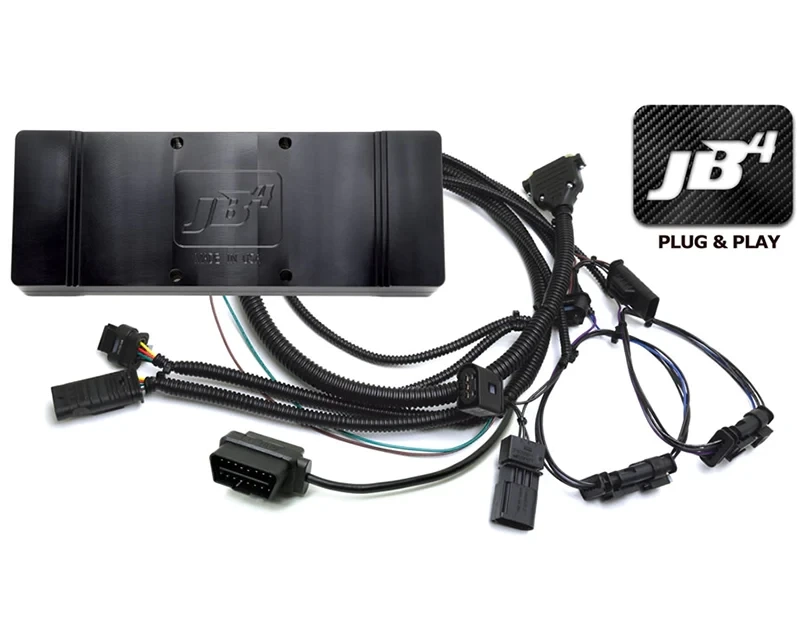This is a common question that comes to our minds whenever we need to improve our car’s performance. But you don’t have to worry anymore! Read the following guide to know the main differences between JB4 and Flash Tune.
How Does JB4 work?
The JB4 is a programmable computer that connects the ECU and the vehicle's sensors. It can change the tuning of your car by accessing parts of the factory flash mapping that are often not accessible. In contrast to other tuning systems with a similar appearance, the JB4 can connect to CANbus, which is like a spinal cord since it allows communication and data transfer between the ECU, transmission computer, stability control module, dash module, and many other devices. A complete set of operational data is provided by this CANbus connection, which is then dynamically included in your JB4 tune.
How Does Flash Tune work?
A flash tune directly alters the ECU's tables for better performance. Usually loaded through the OBDII port on the vehicle's gateway, but in some instances, directly to the ECU by punching a hole in it or disassembling it to get at the CPU within.
So, which is better for your specific needs? Read the following specifications to understand the dynamics of both.
Installation: Since there is no additional hardware to install at first, flash tuning may be simpler. As you learn where each sensor is for your particular model, the S55 JB4 normally takes 20 to 30 minutes the first time you plug it into sensors in the engine bay. Most JB4 systems may be completely removed after being installed once in less than 10 minutes.
Flash tuning is simple to install but impossible to completely uninstall. Even if you later flash back to stock, lasting evidence of the more aggressive tune will be left in your ECU, transmission computer, stability control module, and, if flashed via the OBDII port, gateway module.
Performance: The JB4 can dramatically improve performance, entirely altering your car. But because it uses the factory flash tables instead of a flash tune, it is also more constrained.
Map modifications: When you want to make a mapping modification, such as switching between various fuels or returning to factory tuning, flash tuning typically necessitates a vehicle reflash. With an S55 JB4, you can make real-time performance profile changes or go back to factory tuning using your smartphone, and in certain cases, right in the dash.
The JB4 can even "auto-tune" your vehicle in many situations, modifying the tuning parameters of your car as needed, based on CANbus data to optimize performance and safety for the fuel being used, weather, and modifications being used, giving you a real set-it-and-forget-it option.
Safety: Although the flash tune can directly alter more tables, there are also many more potential problems. Many flash tunes, sometimes unintentionally, change the knock sensor feedback and other crucial tables, increasing the danger of engine damage.
The quality of the flash tune is dependent on the knowledge of the person who wrote it, and in many situations, flash maps are obtained from a single shady source and resold by numerous tuners with little to no R&D.
On the other hand, the factory safety mechanisms cannot be tampered with by the S55 JB4 by design. Only the thoroughly proven, factory-programmed tuning tables can be used to conduct your tuning, and a wide range of additional safety mechanisms that are not feasible with flash-only are also added.
Choose the one that best meets your needs! Get the best deals on the S55 JB4 Tuner at Paradigm Engineering along with everything for your automotive needs!


